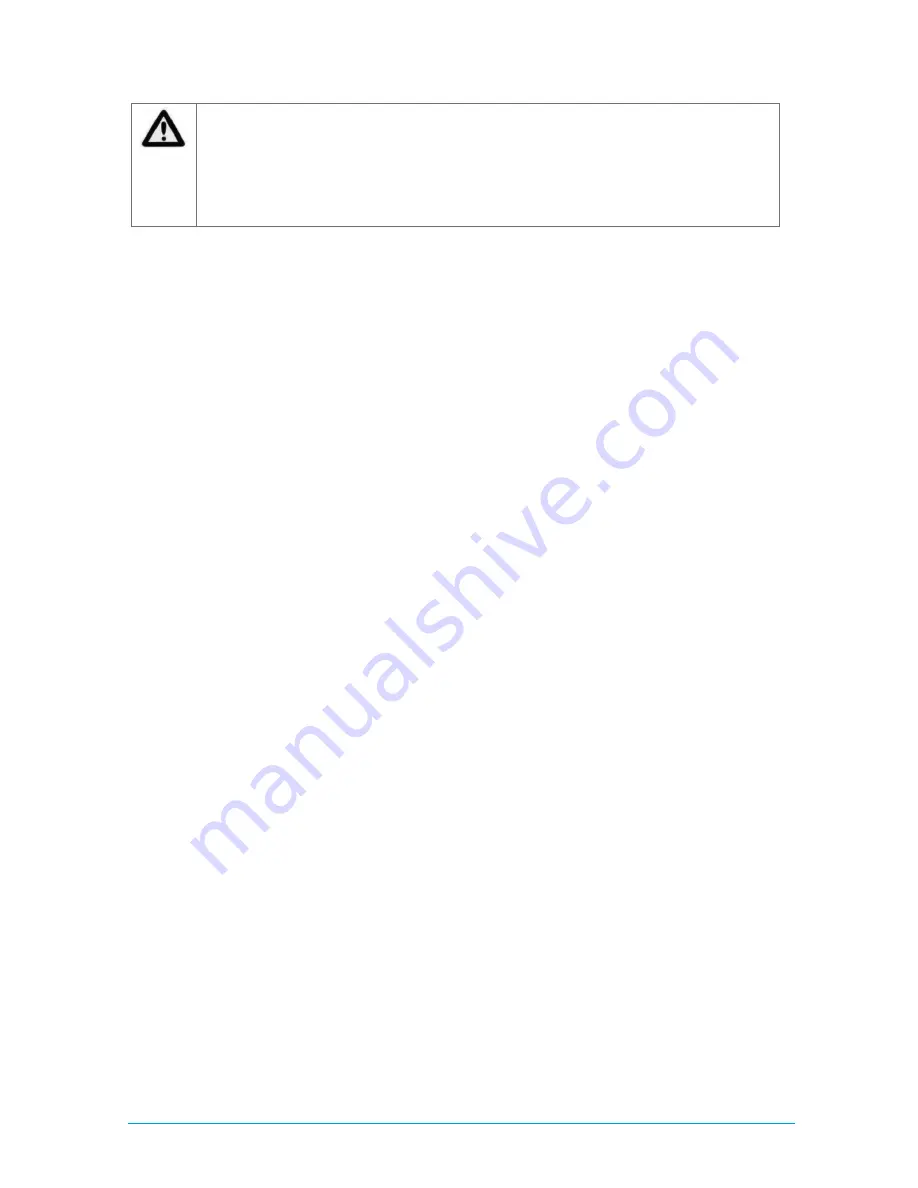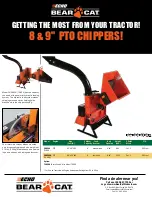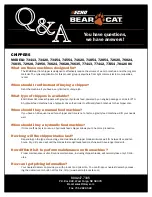
14 / 48
83000902.Ka
Caution!
Caution!
Caution!
Caution!
Risk of damage for the cooling medium pump due to dry running! If it is possible to
Risk of damage for the cooling medium pump due to dry running! If it is possible to
Risk of damage for the cooling medium pump due to dry running! If it is possible to
Risk of damage for the cooling medium pump due to dry running! If it is possible to
shut off the circuit to the equipment to be cooled, you must inst
shut off the circuit to the equipment to be cooled, you must inst
shut off the circuit to the equipment to be cooled, you must inst
shut off the circuit to the equipment to be cooled, you must install a bypass valve (can
all a bypass valve (can
all a bypass valve (can
all a bypass valve (can
be ordered as an option) between the feed and return to protect the cooling medium
be ordered as an option) between the feed and return to protect the cooling medium
be ordered as an option) between the feed and return to protect the cooling medium
be ordered as an option) between the feed and return to protect the cooling medium
pump.
pump.
pump.
pump.
5.4
5.4
5.4
5.4
Making electrical connection
Making electrical connection
Making electrical connection
Making electrical connection
It is imperative that you follow the instructions given below:
It is imperative that you follow the instructions given below:
It is imperative that you follow the instructions given below:
It is imperative that you follow the instructions given below:
When carrying out the electrical installation, observe all applicable national and regional regulations
as well as the regulations from the responsible utility company. Electrical installation must only be
carried out by a qualified electrician who is responsible for compliance with the existing standards
and regulations. The voltage and frequency of the connection must correspond to the values stated
on the rating plate.
The cooling unit must be connected to the mains via an all-pole isolating device. No additional tem-
perature control is allowed to be connected upstream of the cooling system on the supply side. In-
stall the pre-fuse cited on the rating plate (miniature circuit-breaker "K" characteristic or slow fuse) to
protect the cable and equipment from short-circuits. The mains connection must ensure low-noise
potential equalisation. Cooling units must always be integrated into the building's equi potential
bonding system. The conductor cross-sections of the power cable must be selected according to the
rated current (see rating plate).
The cooling unit does not have its own overvoltage protection. Measures must be taken by the op-
erator at the supply end to ensure effective lightning and overvoltage protection. The mains voltage
must not exceed the tolerance of +6/-10 %. On three-phase units: The connection must be made
with the field rotating clockwise. The direction of rotation of the field can be measured at the connec-
tion terminals L1, L2 and L3. Connection with a clockwise rotating field ensures that all three-phase
motors rotate in the correct direction. In case of an integrated transformer (optional): Ensure correct
voltage connection on the primary side.
If you want to evaluate the fault codes for fault signals from the cooling unit using the alarm relay,
you must also connect an appropriate low-voltage cable to terminals 3 – 8, see circuit diagram for
the relevant unit type. If the cooling system requires remote switching, terminals 1 and 2 can be
used for this purpose (see the circuit diagram for the relevant unit type) together with the appropri-
ate programming (parameter 18)
5.4.1
5.4.1
5.4.1
5.4.1
Connecting the power supply
Connecting the power supply
Connecting the power supply
Connecting the power supply
The units are prewired ready for connection in the factory and equipped with a twelve-wire connec-
tion cable (length 2,5 m).
Make the electrical connection as per the electrical circuit diagram (see circuit diagram for the rele-
vant unit type).
Summary of Contents for nBoxX 1.5
Page 42: ...12 12 12 12 Annex Annex Annex Annex 42 48 83000902 Ka...
Page 43: ...43 48 83000902 Ka...
Page 44: ...44 48 83000902 Ka...
Page 45: ...45 48 83000902 Ka...
Page 46: ...46 48 83000902 Ka...
Page 47: ...47 48 83000902 Ka...















































